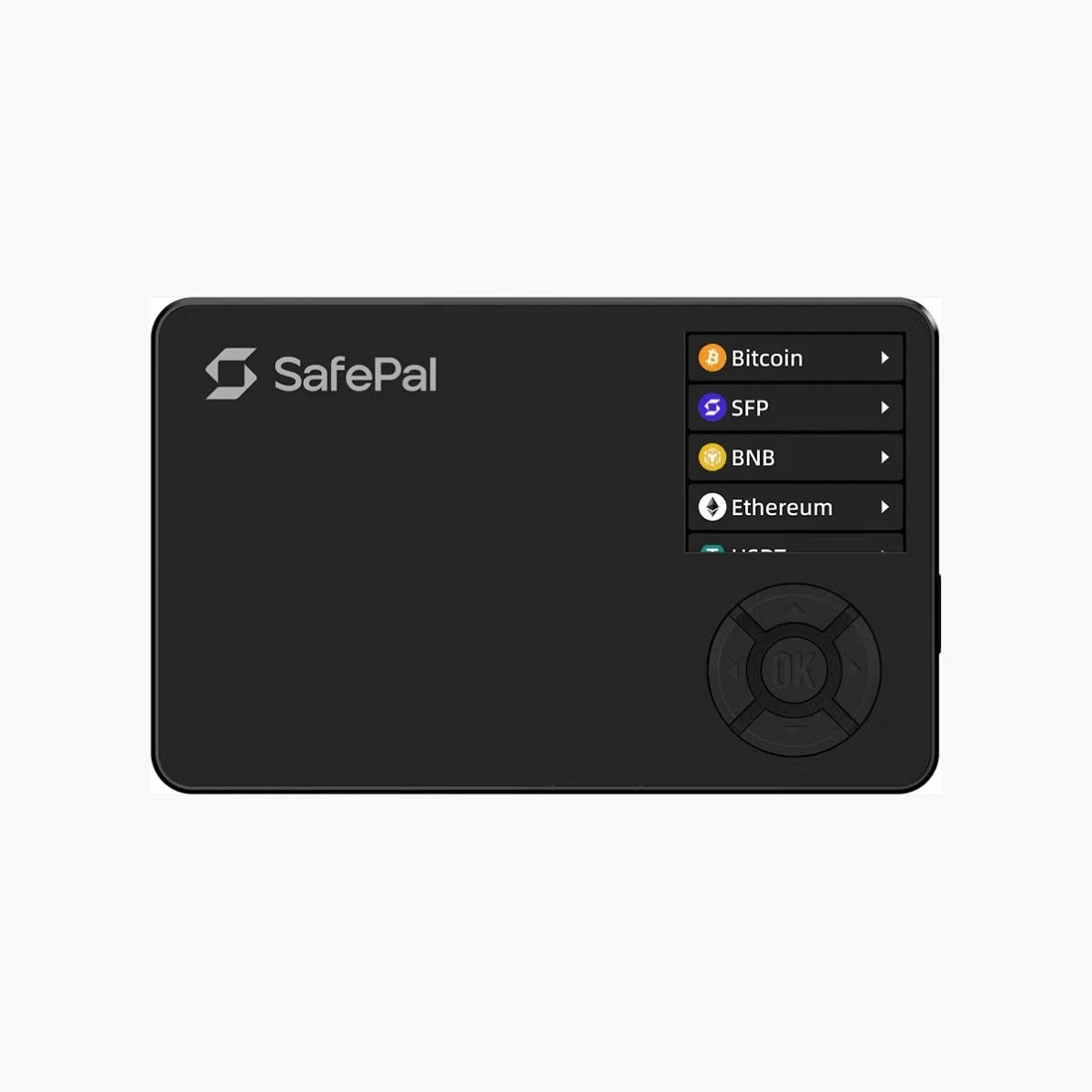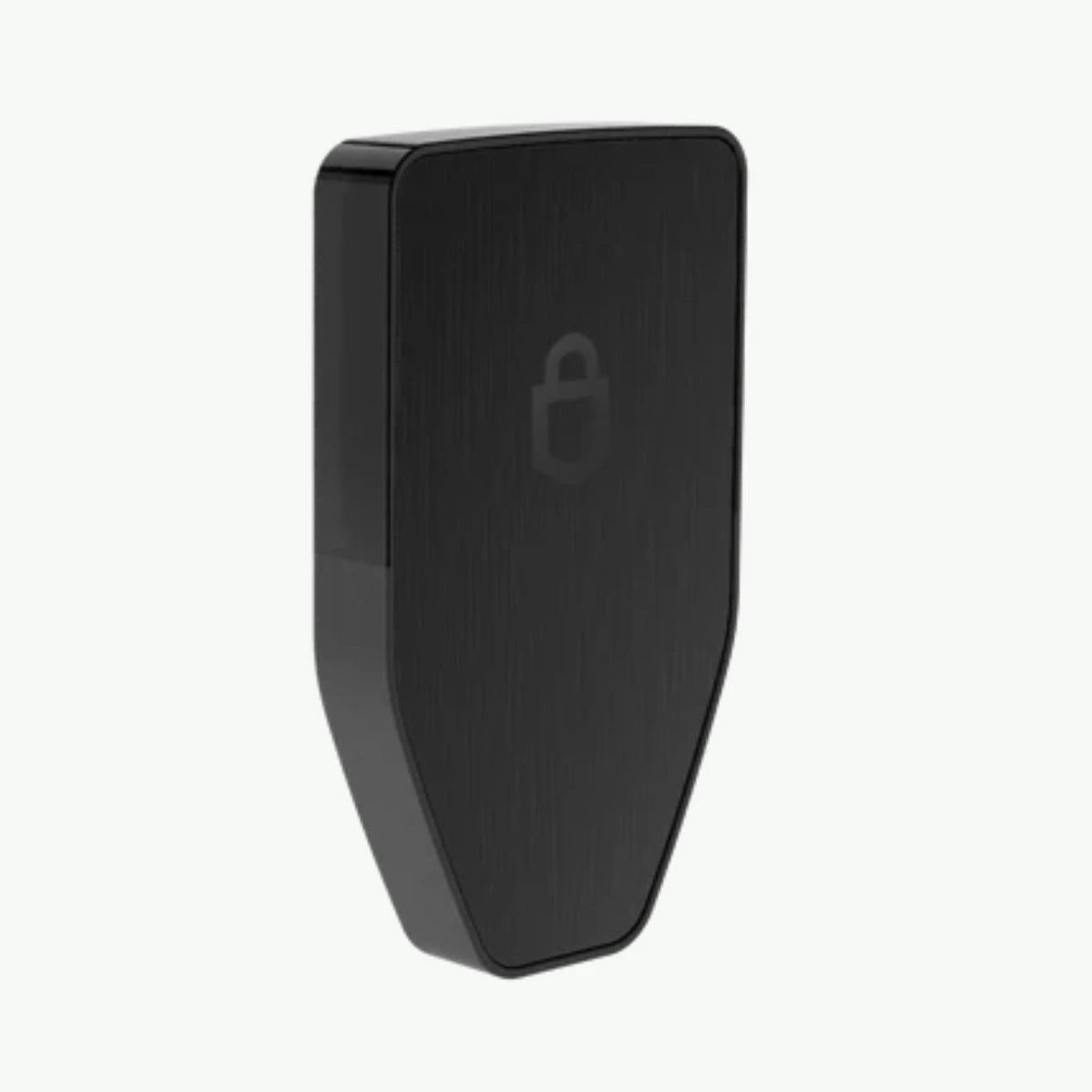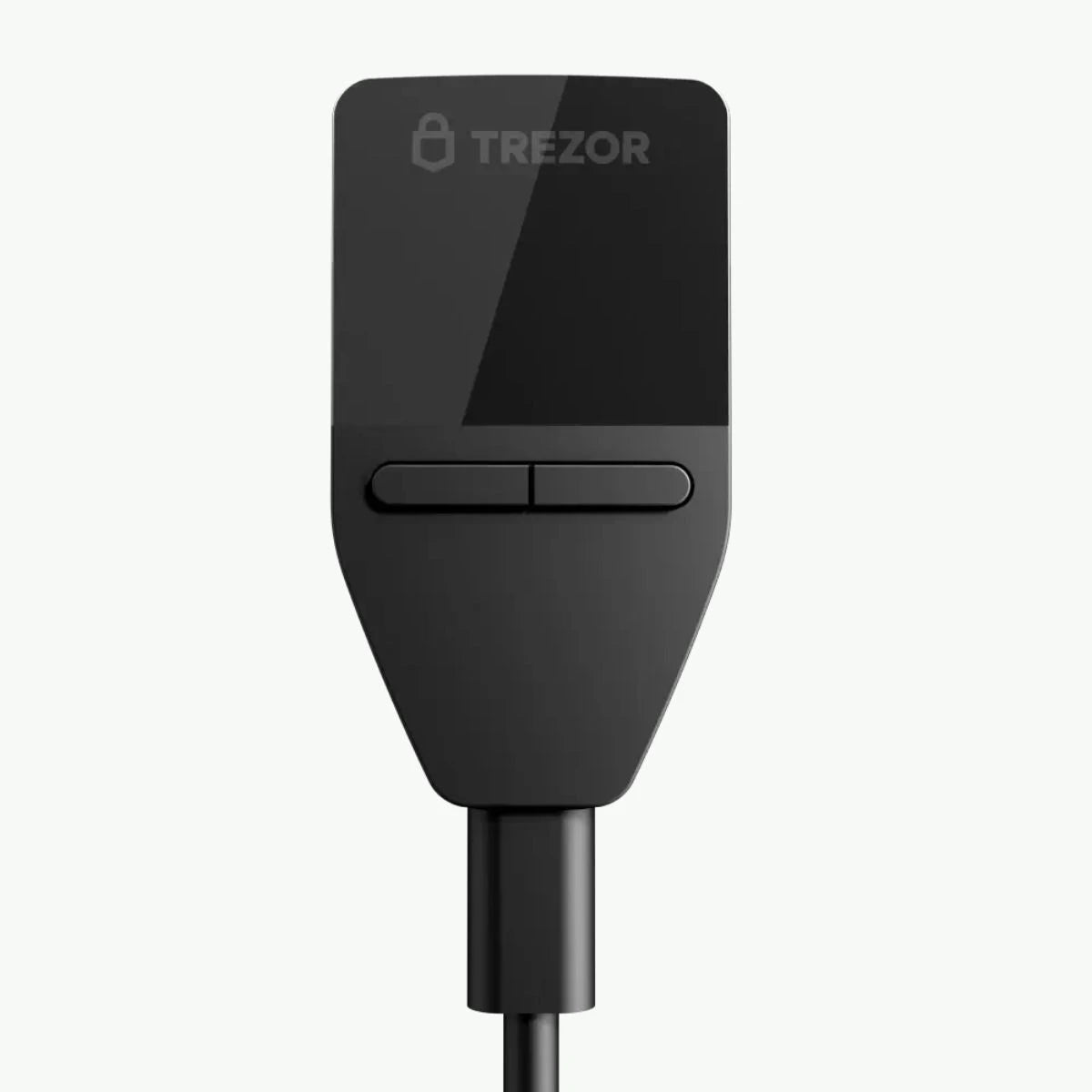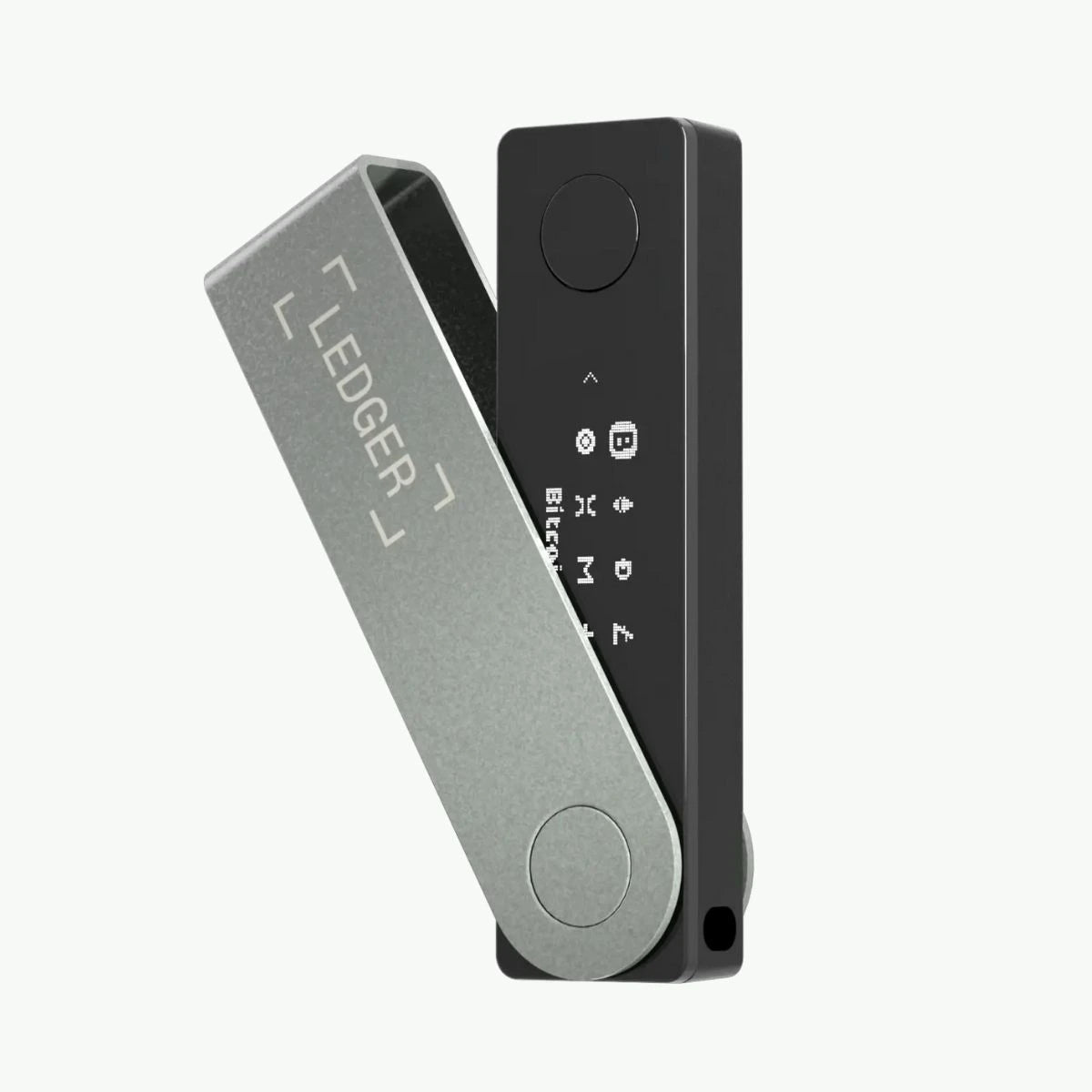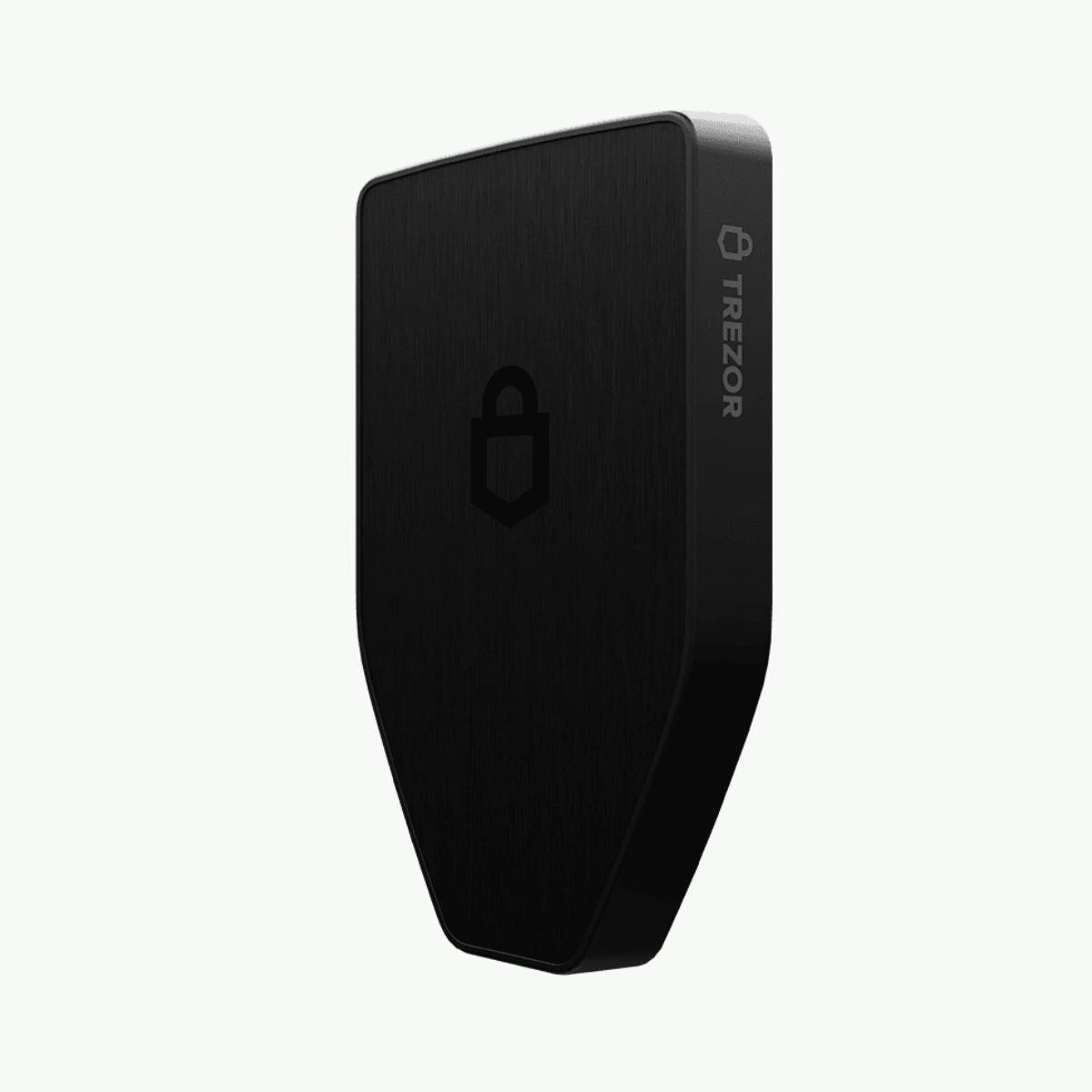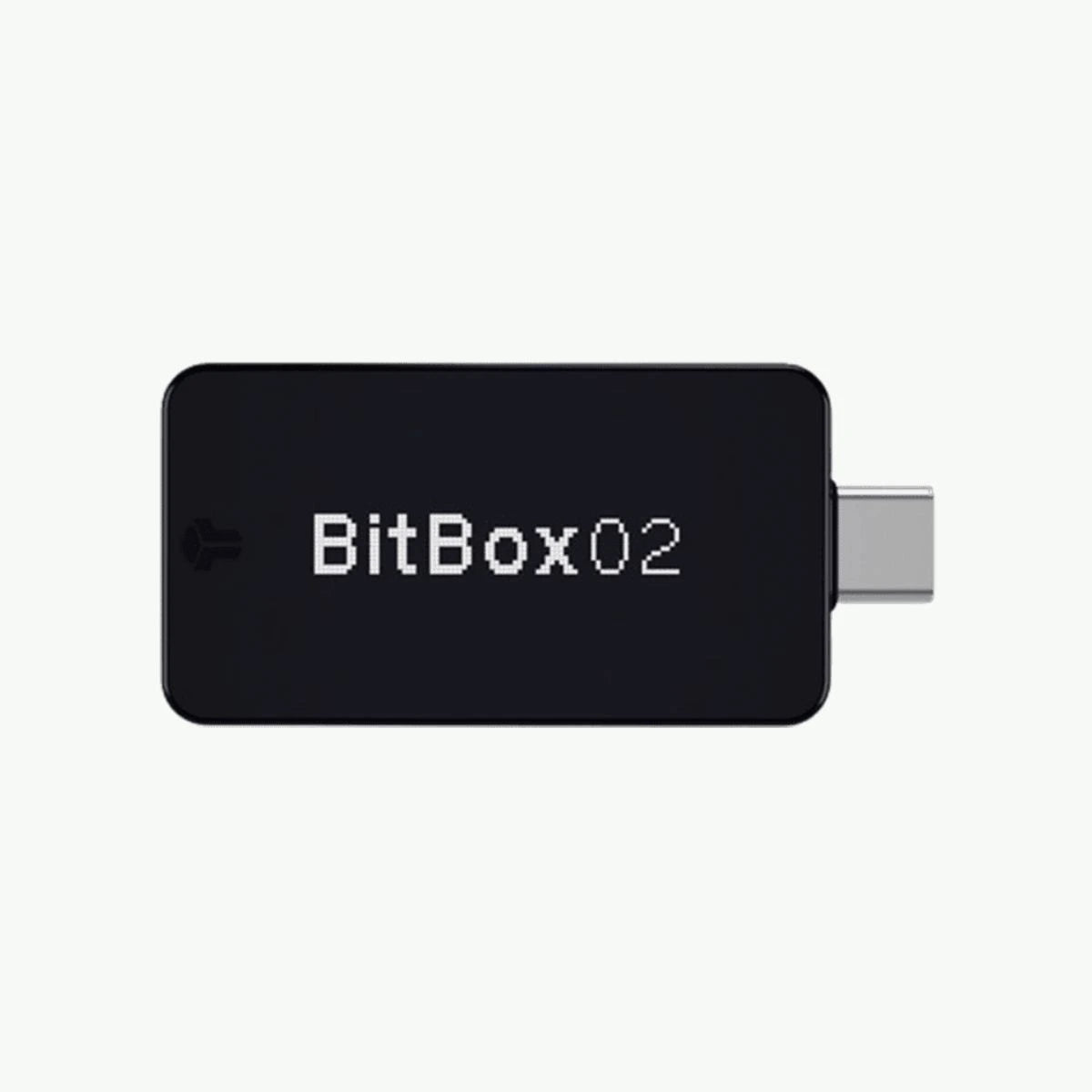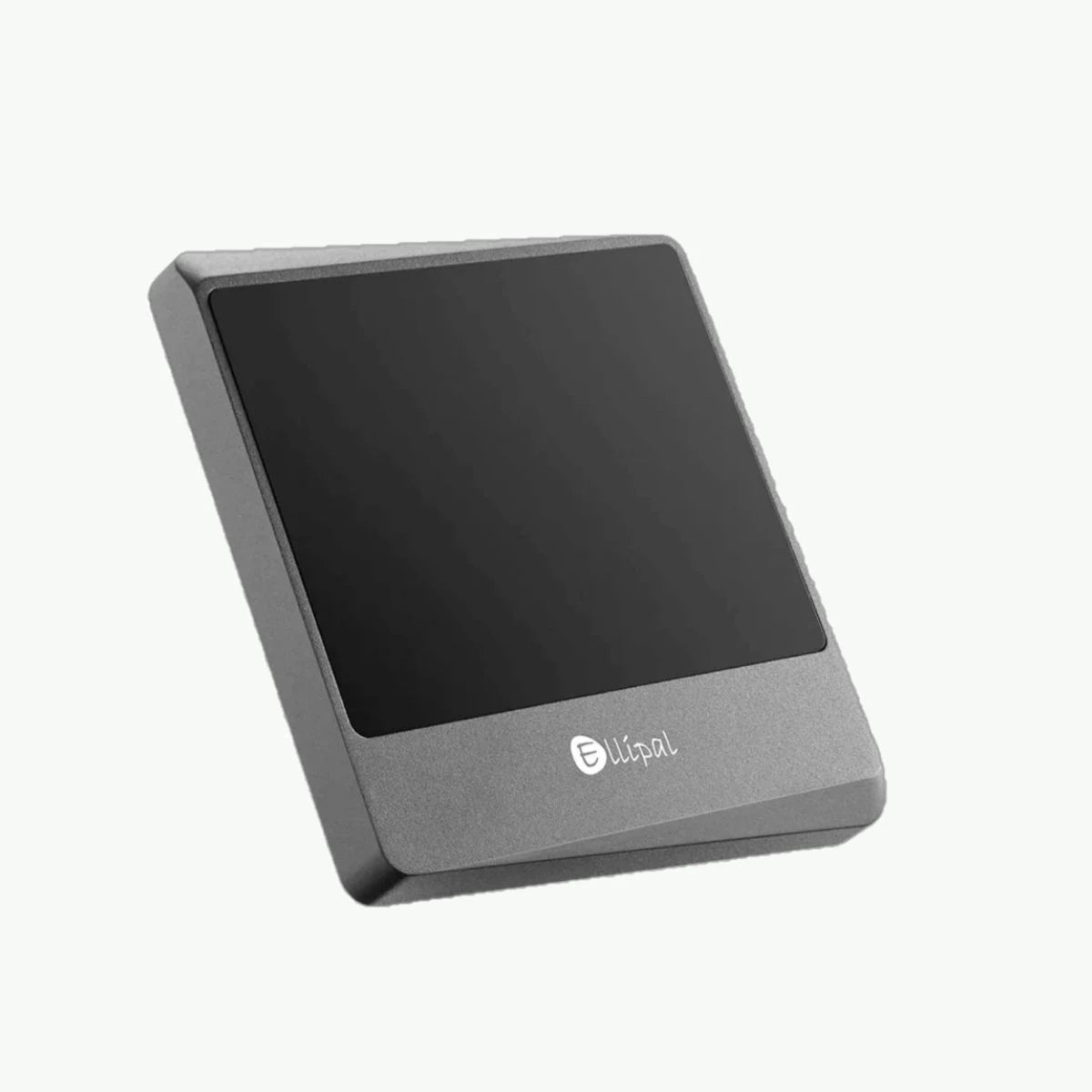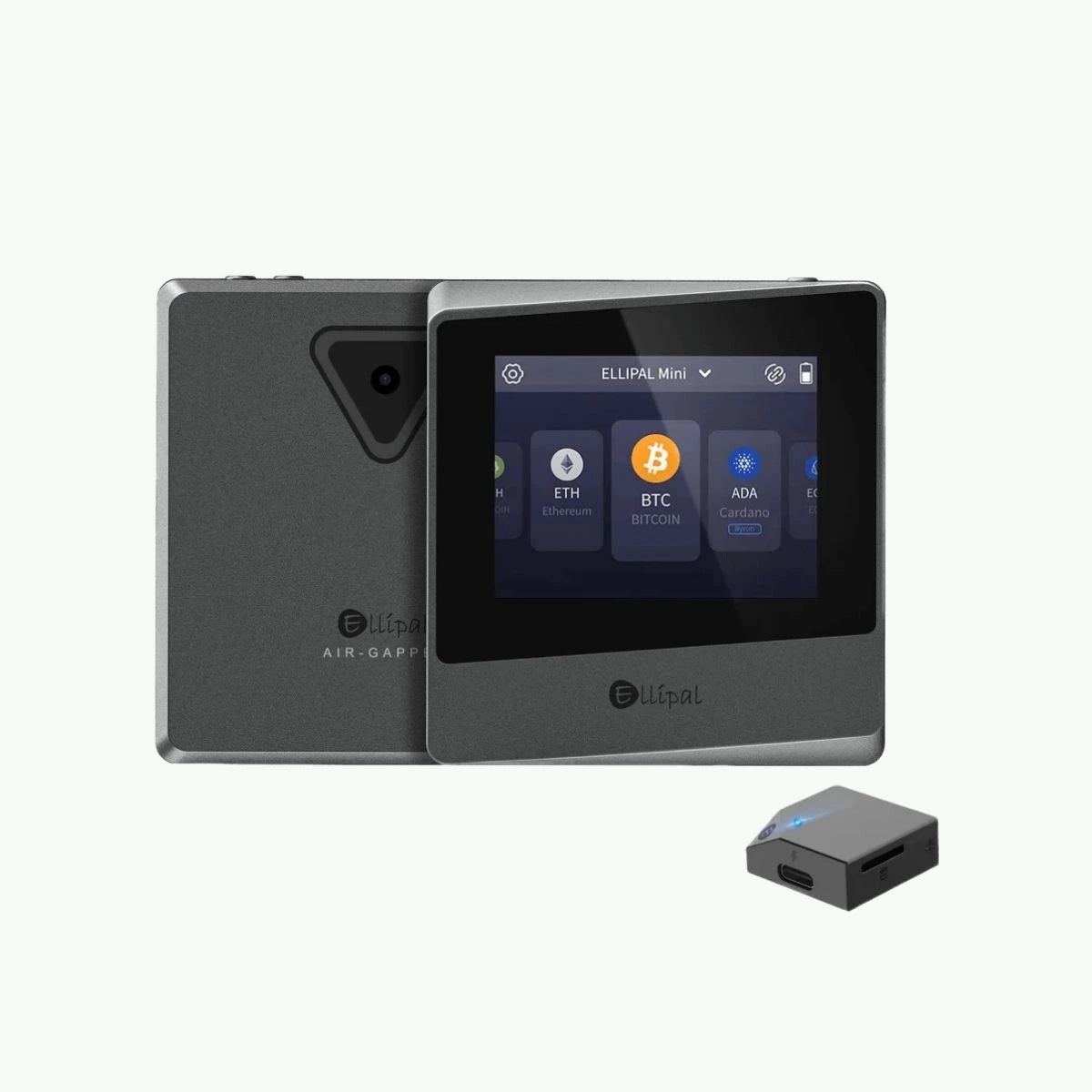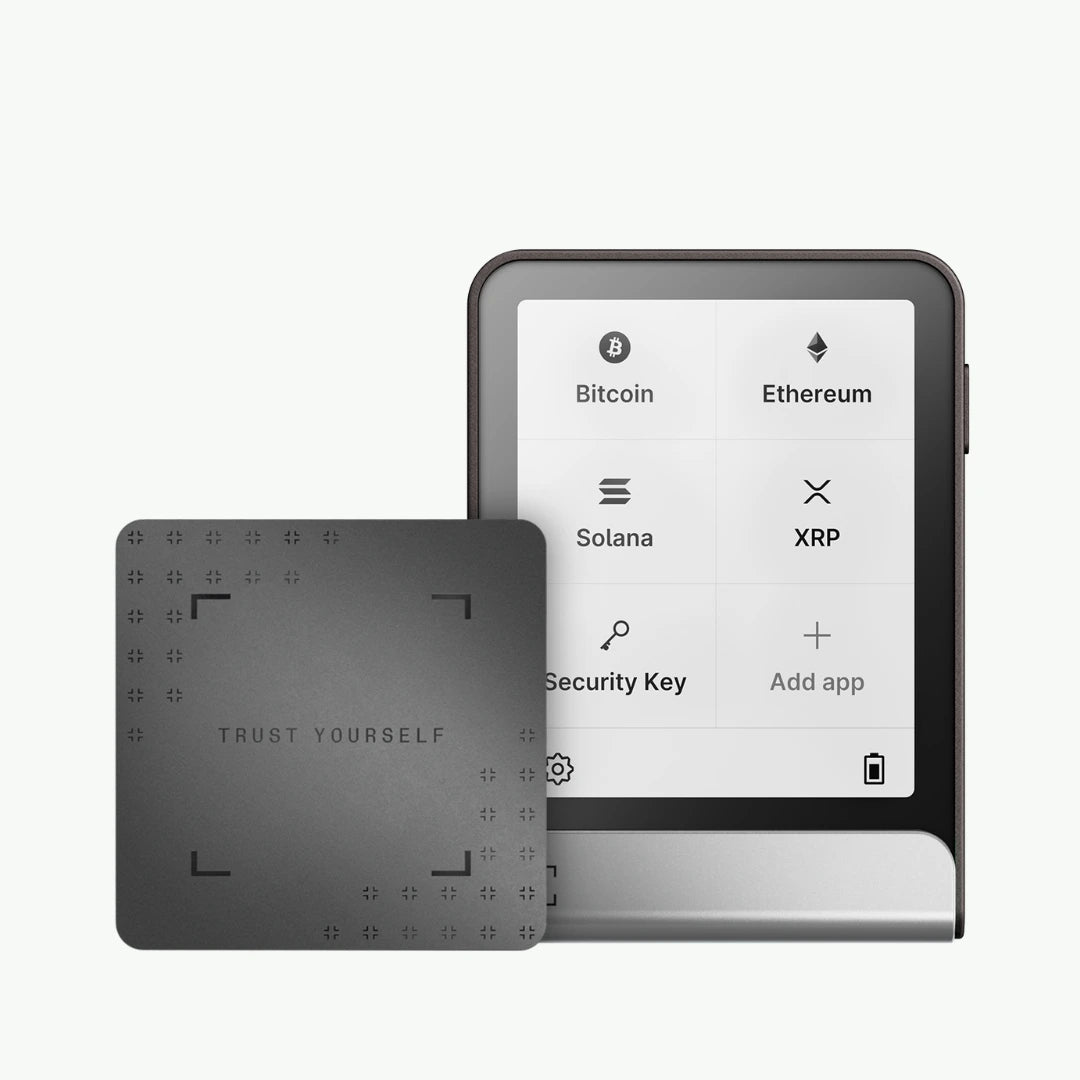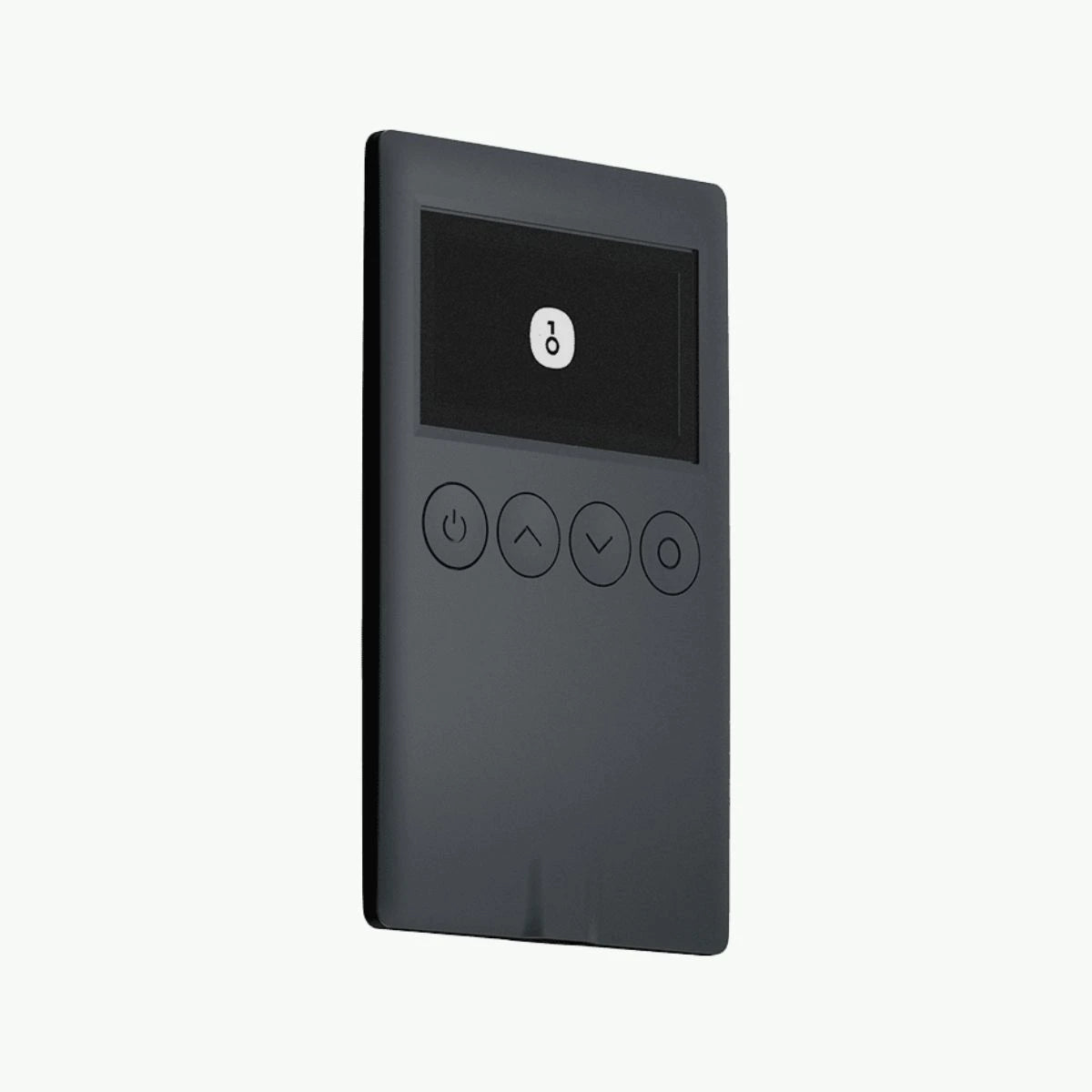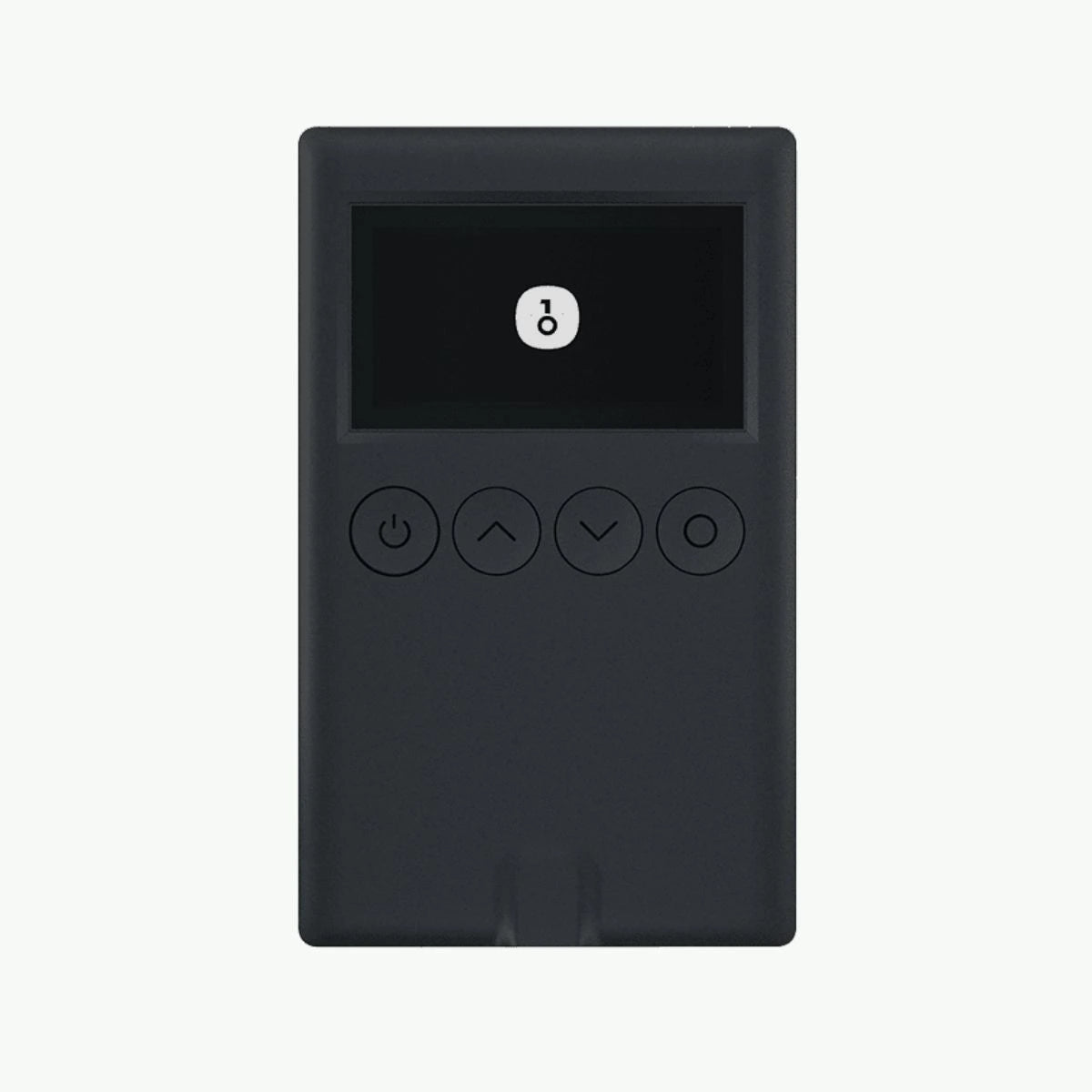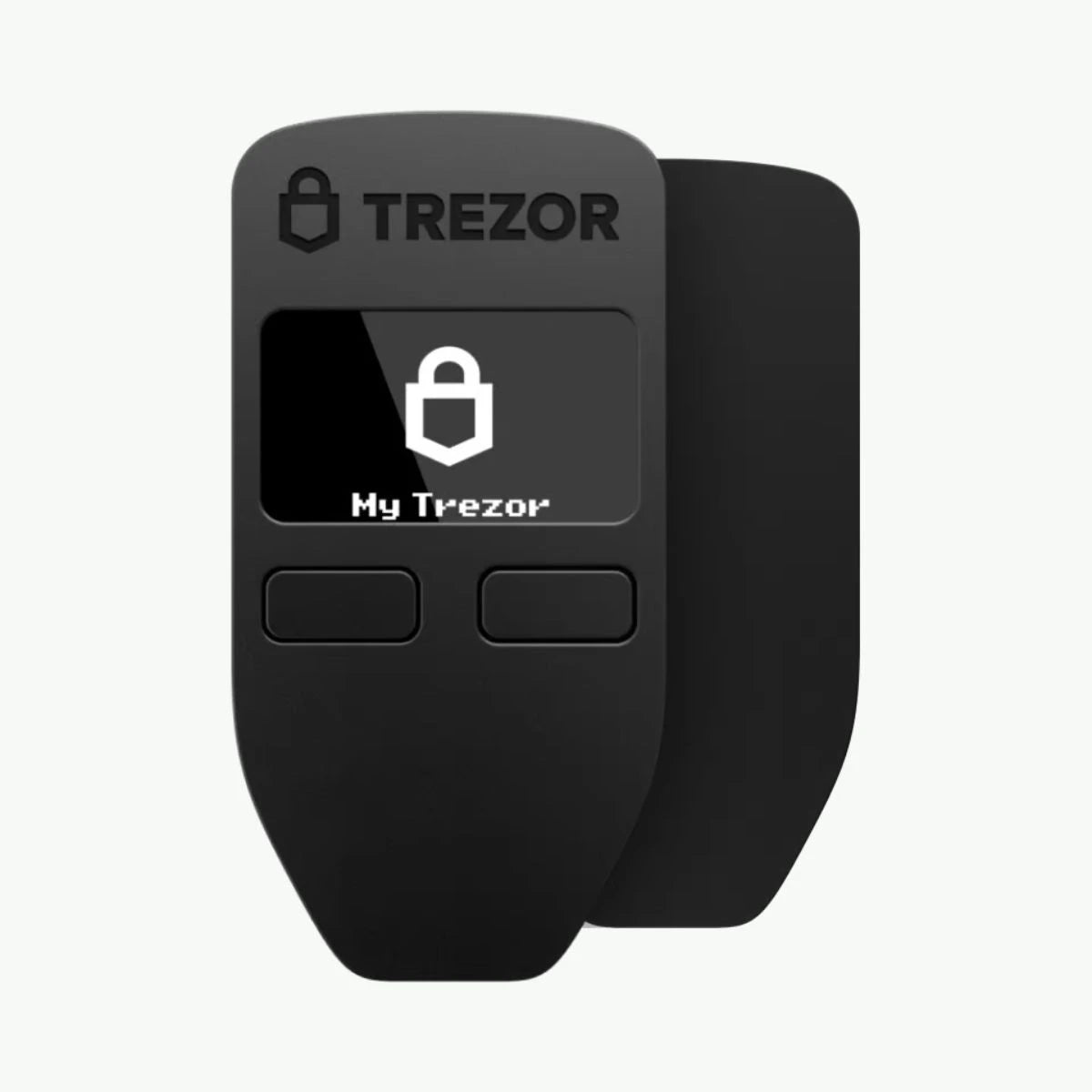Hardware wallets suitable for staking
Hardware wallets suitable for staking offer a secure way to lock (stake) your cryptocurrencies while maintaining control over your private keys. Staking is the process of deploying your crypto to support the network and receiving rewards, such as interest or extra coins, in return. Many hardware wallets now support staking of various cryptocurrencies, allowing users to actively participate in networks such as Ethereum 2.0, Tezos, Cardano and others without compromising on security.
With a hardware wallet, you can safely strike your crypto while always keeping the private keys offline. This protects you from hacks or online attacks that might be a risk with other staking options. These wallets offer a user-friendly interface for easily managing your strike, including checking your rewards and adjusting your strike settings, without having to move your crypto to a remote exchange.
How does staking on a hardware wallet work?
Staking on a hardware wallet is done by storing your crypto on the wallet itself and then ‘staking’ via the wallet's interface. The wallet sends strike instructions to the network, while your private keys remain secure and are stored offline. This ensures that your crypto is not at risk from hacks that often occur at online exchanges.
Are hardware wallets suitable for staking all cryptocurrencies?
Not all hardware wallets support strike for every cryptocurrency, but many popular wallets offer strike for major networks such as Ethereum 2.0, Tezos and Cardano. It is important to check which coins are specifically supported by the wallet you use, as not every wallet offers the same options.Hardware wallets for staking offer the perfect balance between security and return, allowing you to grow your cryptocurrency while maintaining full control over your assets.











